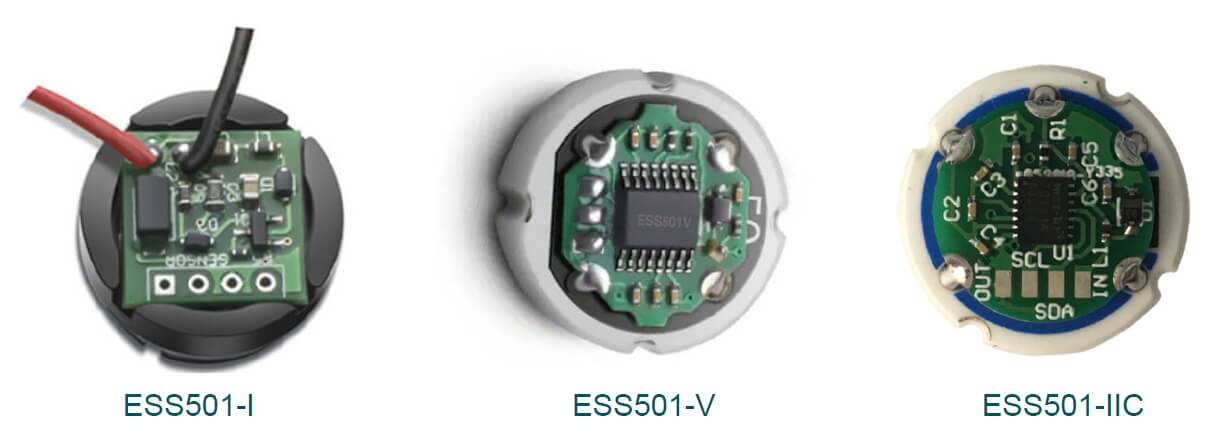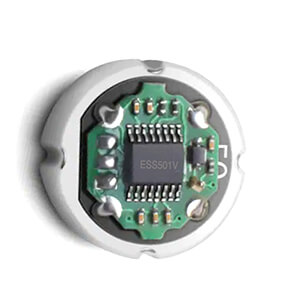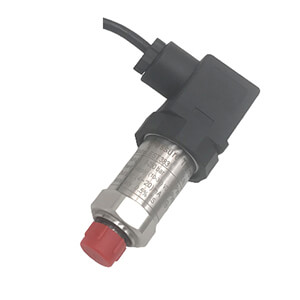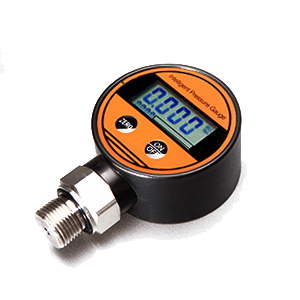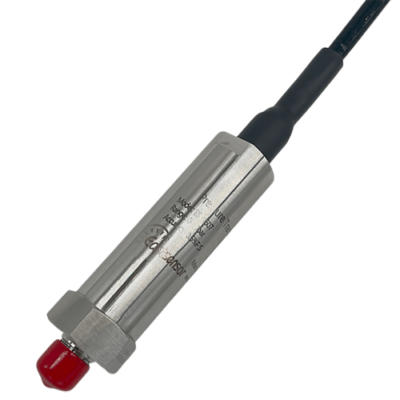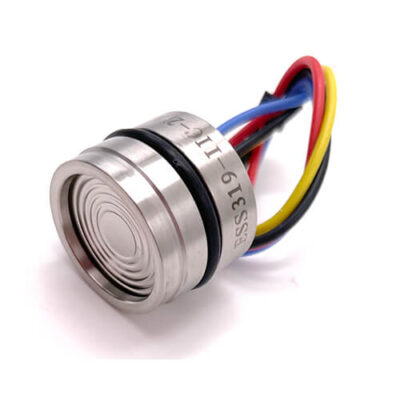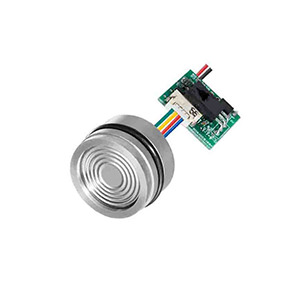Currently, many pressure sensors are designed to work with extremely hard situation such as the most corrosive liquid media or hostile properties materials, or in some case to undertake the very easy pressure measuring projects.
It is not easy to select a correct model pressure sensor for correct job requirement, the sensor’s attributes have mostly decide whether a specific pressure sensor is suitable for a particular application, and also the environment it’s being specified for, the task it’s being asked to perform should also be taken into consideration.
You may make a questions list as below before finding a way to select proper pressure sensor to address customers’ specific requirements:
- What the application for the sensor is?
- Then, you’ll need to ask some of these basic questions, such as, how extreme are the temperatures or corrosive nature of the media being measured?
- Is the environment a vibration challenge?
- What is the pressure range that needs to be measured in psi, bar, inches of water, etc.?
- How much time are you willing to devote to the integration of the sensor, or must it be ready to implement and forget?
- What is the pressure type (gauge, absolute, differential)?
- How accurate does the pressure measurement need to be? And, just as important, what are the size and price constraints?
You don’t need to answer above questions one-by-one, but below is a general guide to illustrate in which specific aspects you should pay attention before selecting a appropriate pressure transmitter.
Pressure range
To decide the pressure range on the site where the pressure transmitter will be installed will significantly influence the result of selection process. We strongly recommend choosing a pressure range that is a little more than the actual use including pulsation, transient, spike and other abrupt behavior.
If the pressure range is pretty lower than the situation really needs will result in damage to pressure transmitter or transducer, especially in case of voltage bursting if overloading; on the other hand, if the pressure range is rather high than the application actually require, may also cause lower accuracy.
For example, let’s say your nominal operating pressure is 100 psi, with occasional pulsations of ±10 psi and potential transient spikes up to 125 psi. In this case, you might choose a pressure range of 0-150 psi or 0-200 psi, depending on the desired safety margin.
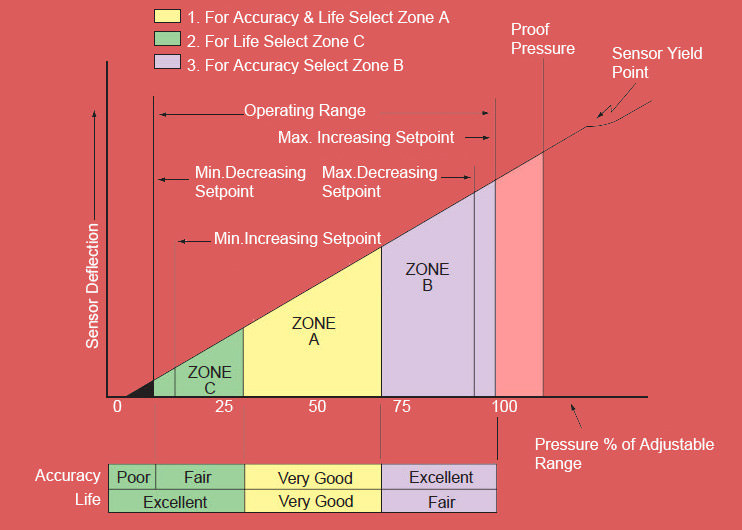
So firstly make it clear that what the anticipated pressure spike will be and choose a appropriate high level than that should be a smart way. An additional margin such as 20%~30% is recommended.
Measuring units
To a large extent, the measuring units have been determined by the manufactures before delivery to the market, when receive the pressure transmitter or transducer, the user’s may custom the measuring units within the pre-calibrated range which fixed by supplier.
Eastsensor can provide customers many kind of pressure unit when perform the measuring process, meanwhile, in each model’s specification/data sheet, we have clearly illustrated what exact relationship exist among different measuring units.
- 1MPa=10bar
- 1bar=14.5psi
- 1 Inches of water=3.613 X 10-2 psi
- 1 Feet of water= 4.335 X 10-1 psi
- 1 Inches of mercury= 4.912 X 10-1 psi
- 1 Millimeters of mercury=1.934 X 10-2 psi
- 1 Kilograms/sq. centimeter= 14.22 psi
- 1 kilopascal= 1.45 X 10-1 psi
- 1psi=6.8965kPa
- 1kgf/cm2=1atm
- 1atm=98kPa
All above units can be easily calculated by the tool of: Pressure Unit Converter
Gauge, sealed gauge, absolute, differential pressure
At Eastsensor, we offer gauge, vacuum, compound, sealed gage, absolute and differential pressure transducers and pressure transmitters.
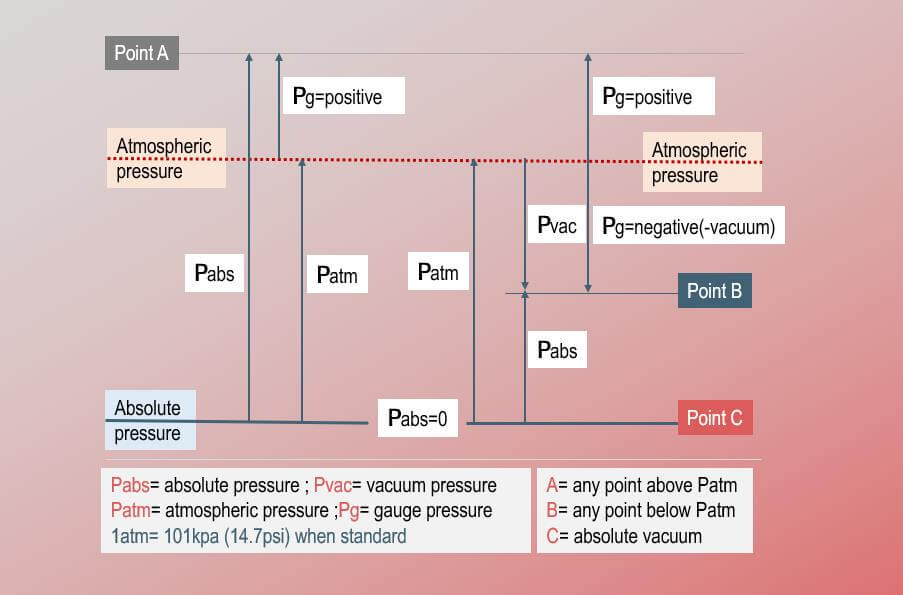
Gauge pressure means the pressure measurement are calibrated to the atmospheric pressure locally; we named it as gage type pressure transmitter (psig)
If the devices have been measured the pressure which is less than the ambient pressure, they are vacuum type transmitter (psiv), the compound transducer means a transducer can measure both positive and negative pressure.
When it comes to measure the standard atmospheric pressure at sea levels of 1 bar (14.5psi), and the process situation is in the moistest or most humid properties media, the sealed gage transmitter will be used to conduct the job.
The absolute transducer (psia) can measure pressure relative to a vacuum (zero pressure).
The differential transducer (psid) has an output that is the difference between the pressures applied to its two pressure ports.
Accuracy
FSO on behalf of the full scale output and the accuracy always be presented as the percentage of error to the FSO which also means the algebraic difference between end points.
In another situation, accuracy always had been denoted as percentage of the error to output.
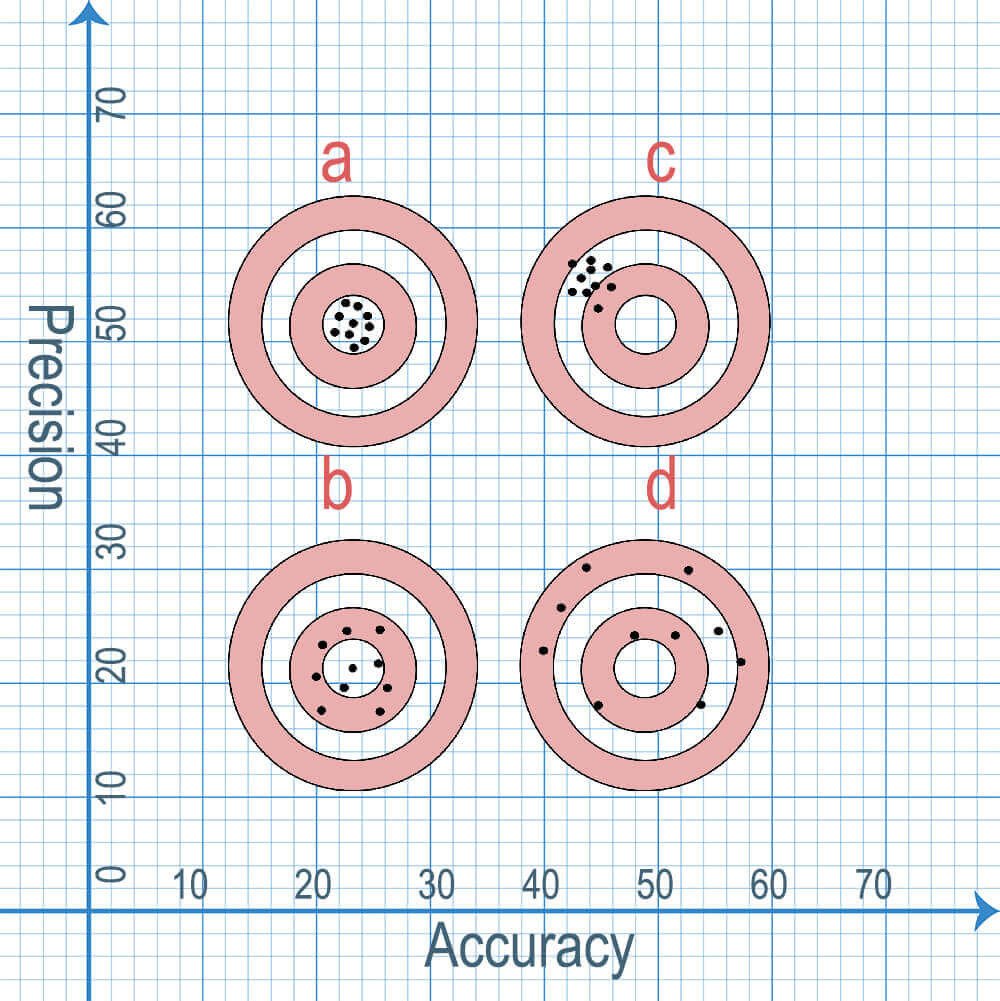
We’ve admitted that in many cases the static error band the accuracy are always interchanged, but in fact they are not the same.
While the terms “accuracy” and “static error band” are frequently interchanged, they are not the same.
Many factors can contribute to transducers accuracy. Actually, the term “error” is preferred for specifications and other specific descriptions of transducer performance.
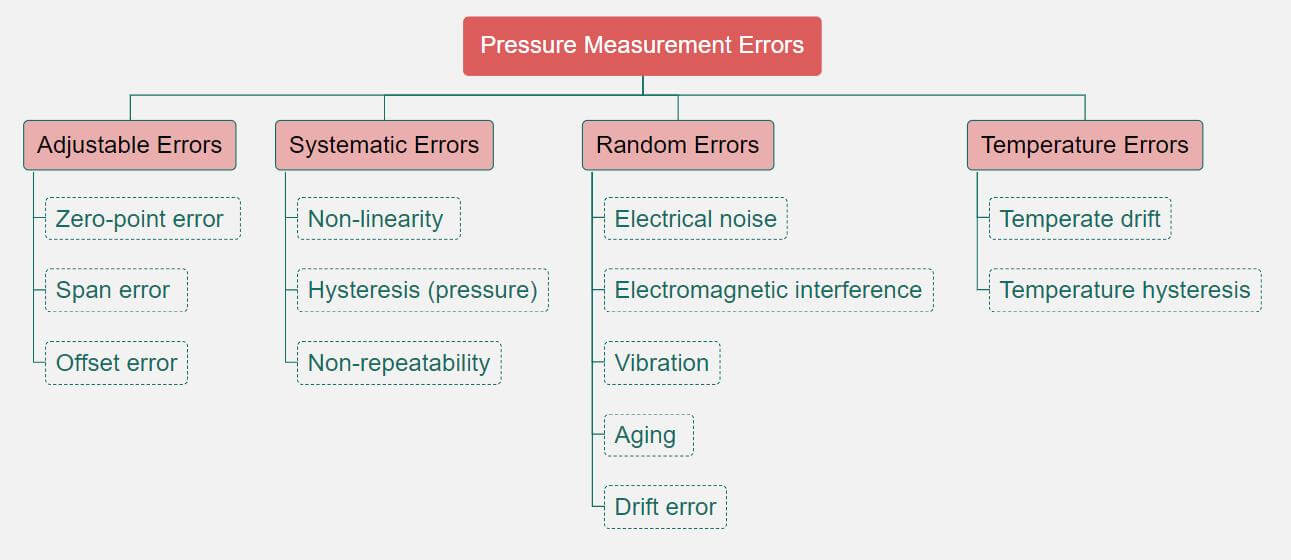
The static error band is, however, a good measure of the accuracy that can be expected at constant temperature. The static error band consists of the three following components:
Above static error band can be eliminated by means of root sum square.
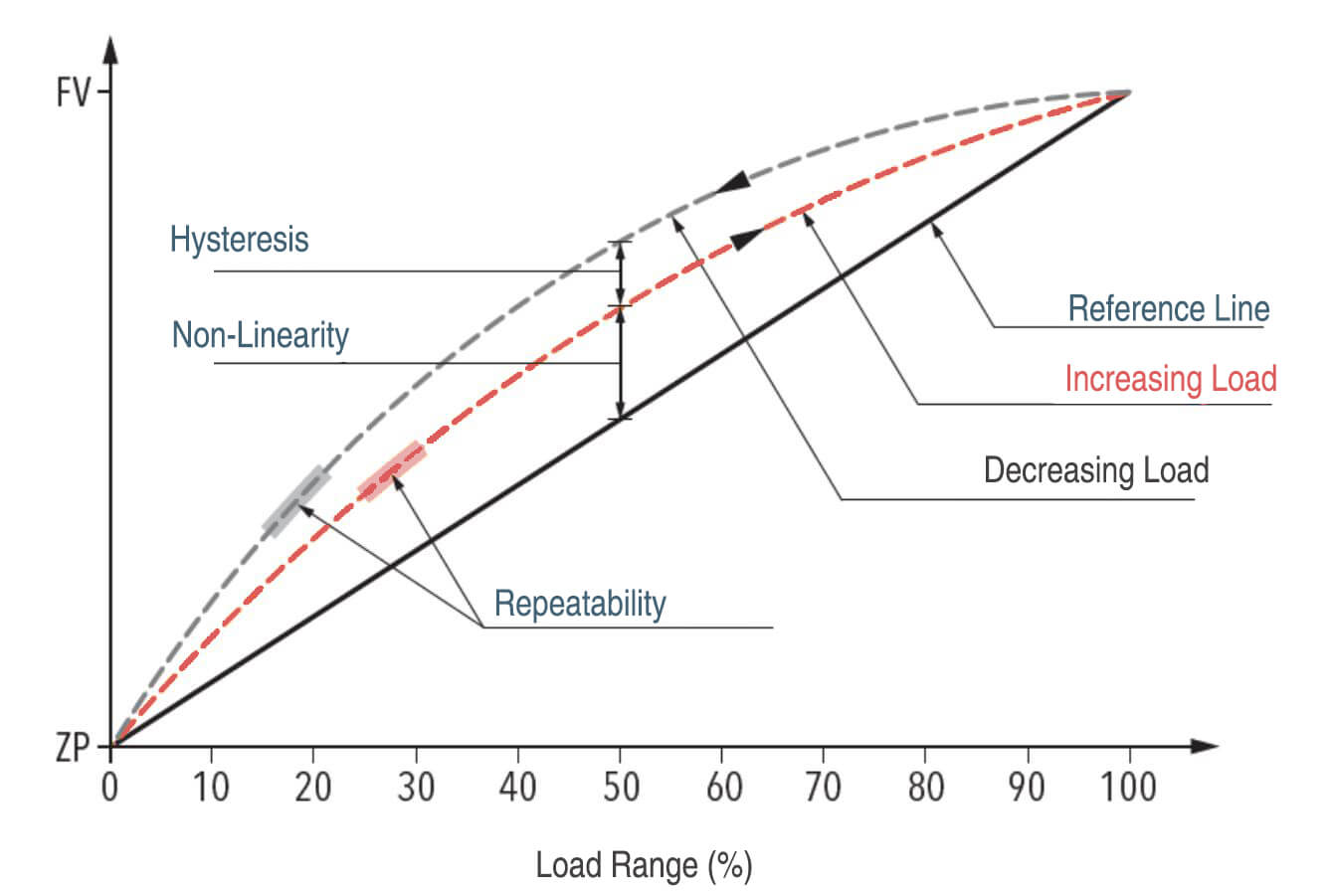
A critical factor which contributes the most part of the error in measuring process is thermal effect, it is generally expressed in % per degree, even sometime this is not 100% exactly what it is.
During the pressure measuring process, even a very tiny percentage error per degree can result in very huge problem when checked over the whole expected range.
Thermal effect contributes the largest error in measuring process; Eastsensor guarantee that each of our product thermal effects has been strictly tested and compensated over a certain temperature range.
The compensated temperature range is usually smaller than the operating temperature range, and the thermal sensitivity shift is usually expressed as a percentage of output.
Output signal
We can categorize transducers by their output to low and high level types.
Low-level transducers usually have only passive devices (strain gages and resistors) in their electrical circuits. Thus they are typically more rugged and are able to operate over a wider temperature range. Signal conditioning is external. The highest accuracy over the broadest environmental conditions can be provided with low-level transducers. A typical low-level output is 3 mV/V.
High-level transducers have internal electronic circuits to condition the excitation or supply voltages and the signal. They are easy to install because most of the signal conditioning is already provided. Some typical high-level outputs are 0-5 VDC, 0-10 VDC, 1-5VDC, and 4-20 mA. Most of Eastsensor’s press products are such types.
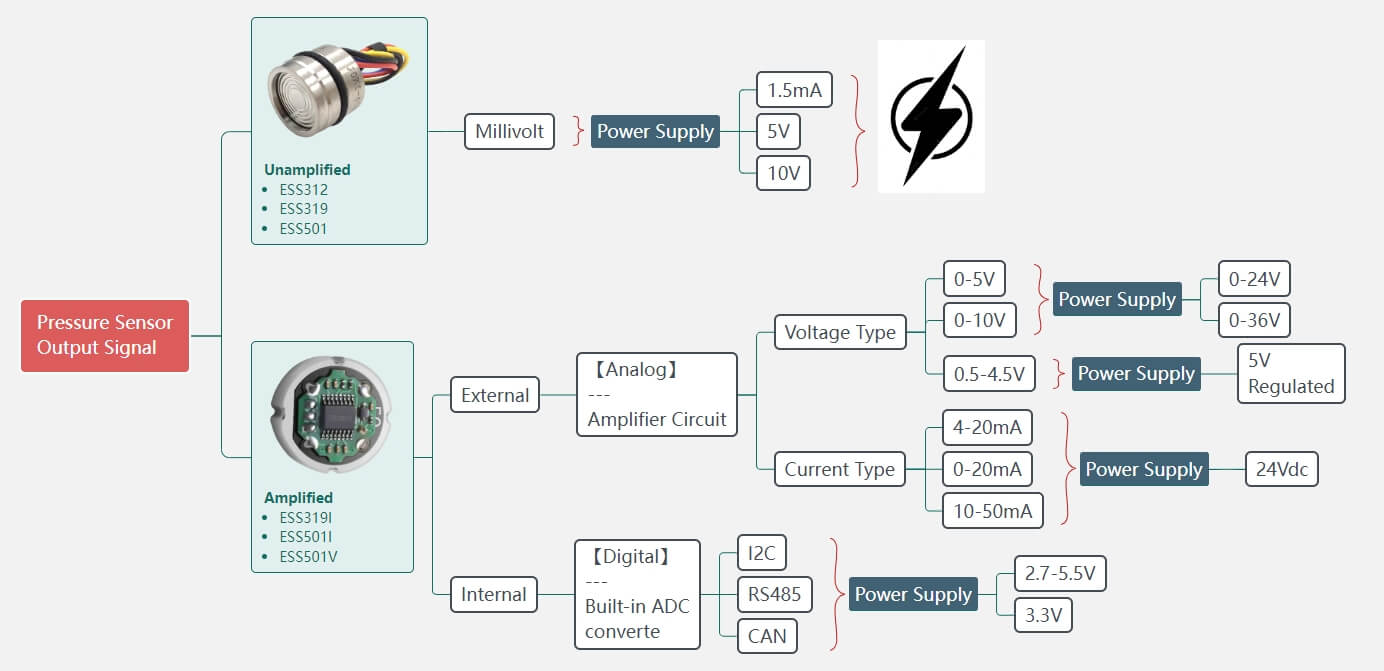
Zero Pressure Output
The transmitter’s signal output at zero pressure means zero balance, in most cases, zero balance should be zero Volts however, many transmitter have the ability of offsetting output at zero balance, especially if the negative outputs or zero have been outside the parameters range of monitoring computer or recording device.
The offset voltages includes, typically, output of 1~5Vdc OR 2.5~7.5Vdc.
Another normal types of offset output is 4~20mA.
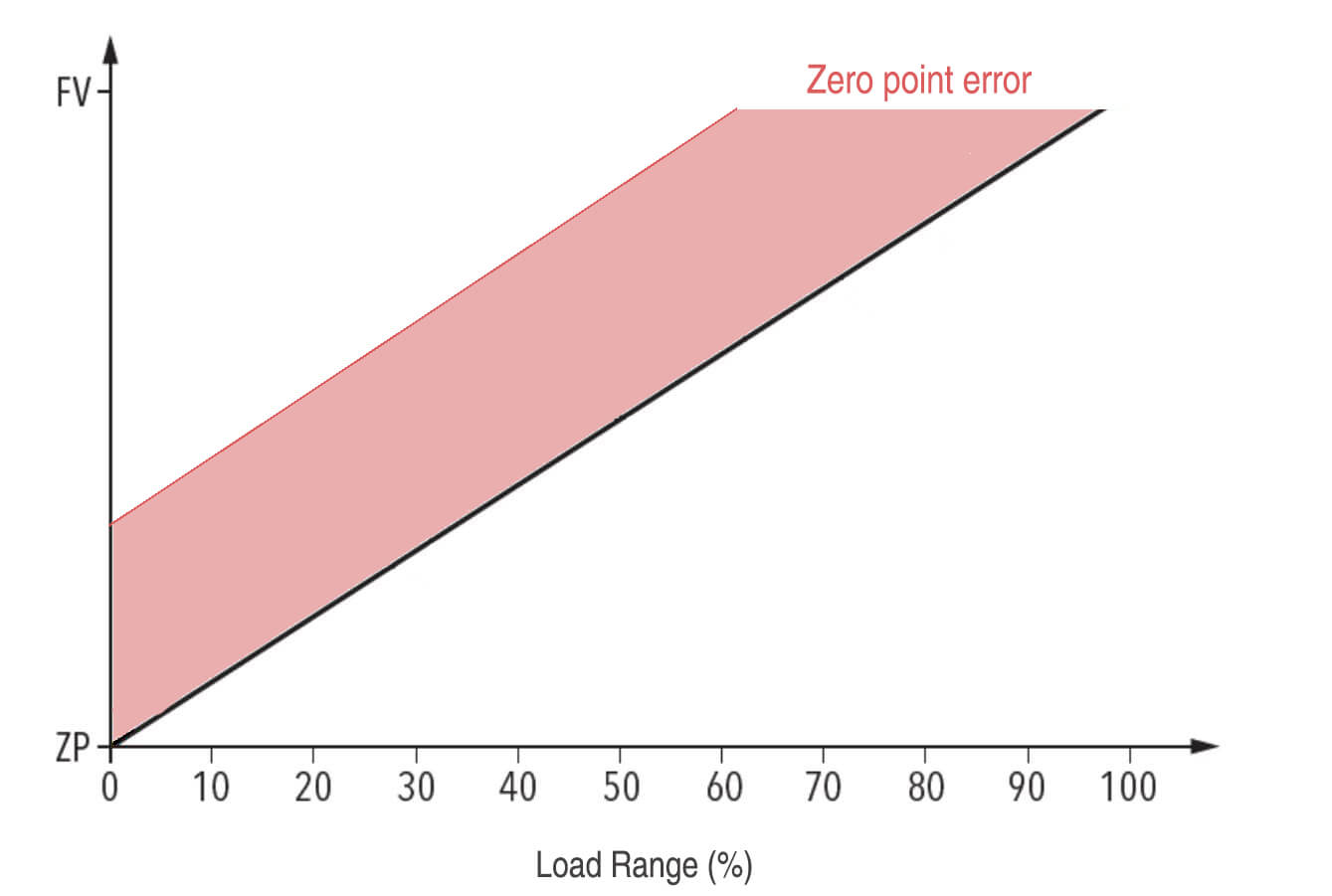
Pressure Transducer Electrical Connection
Why you select such type of pressure transducer instead of another is mostly depend on the availability of power supplies and the interface of pressure transducer, of course some time the end user’s knowledge on specific type also make influence.
2, 3 or 4-wire electrical connection types can be used when the pressure transducer with high-level outputs.

The pressure transducer, power supply and readout are all connected in series of 2-wire if the users adopt 4~20mA current loop type.
3-wire circuit can return both the excitation and signal commonly, only because 3-wire circuit have the zero balance elevated, that the output signal may vary from between 1~5Vdc or 2.5~7.5Vdc.
Sometime the pressure transducer can output zero pressure in case of the device have internal negative voltage source.
4-wire circuits may have different return connected for both excitation and signal; the output signal is different with and separated from excitation return. Most significant, in 4-wire electrical connection of pressure transducer, the single lines and power supply cannot be tipped at the same point.
Measuring Media Properties
It is critical to know what kind of material type the sensor is made from. Chemical compatibility from the sensor materials that come in contact with wetted materials, can contribute a significant factor in the lifetime of sensor.
More and more measuring media have the properties of corrosion especially when deployed in the harsh environment. In Eastsensor, we adopt 316L stainless steel, ceramic, and sometime titanium alloy as diaphragms which can resistive to many media.
What’s more, we also use thick-film ceramic pressure sensing diaphragms in extreme harsh situation. For some metals also have the ability to provide good corrosion resistive against gas or fluid. Finally, how to decide if a kind of pressure transducer is suitable for a measuring media should never be neglected by users.
Pressure Connection
There are various ways to seal a pressure sensor to the area that needs to be measured. The type of application generally dictates which type of fitting is needed.
In the United States, a tapered thread (NPT) is used for most common applications. A NPT connection seals by the tapered thread making a connection as it is threaded into the fitting.
However, this type of connection still needs a type of sealant, such as Teflon tape, to keep the connection air/water tight. NPT connections are not rated for pressure over 15,000 PSI and typically not used on applications over 10,000 PSI.
SAE fittings are a straight thread that uses a gasket to produce a seal. SAE fittings are generally used for higher-pressure applications, but are not limited to them.
BSPP threads, also known as G threads, are a straight thread typically used in Europe but are seen in the Unites States. Similarly to SAE fittings, BSPP/G threads are straight threads that use a gasket to seal the connection. BSPP/G threads can be used in general applications as well as for higher pressure.
For sanitary applications, a Tri-Clamp mount can be used. Tri-Clamp fittings have a gasket between the mounting area and the sensor, but do not require any threads. This fitting is sealed by using a special clamp around the circular connection. This type of connections allows for easy removal due to cleaning processes.
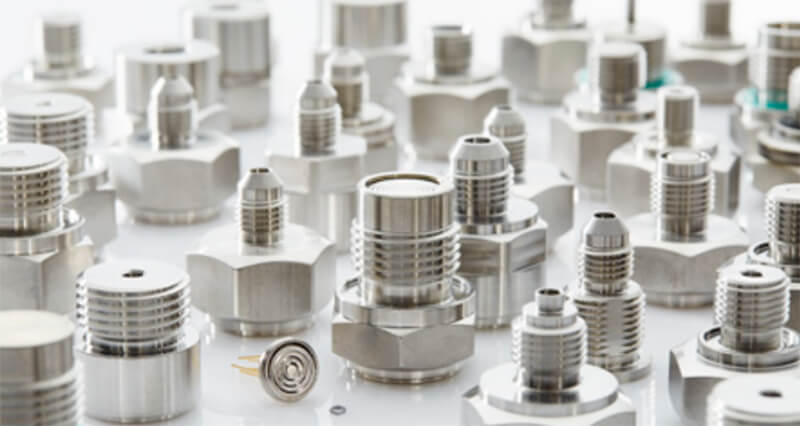
Find more details about different process connection threads at
- 4 Types of Thread Process Connections Your Need Know – Part 1/2
- 4 Types of Thread Process Connections Your Need Know – Part 2/2
There are many other types of process connections available; all having the proper seal for various applications.
Measuring environment
Gage pressure transducer always tend to expose their internal components to corrosive environment when measure the pressure relative to the local atmospheric, so the sealed gage or absolute types should be considered as the better choice if comes to the corrosive and humid environment.
In some cases that gage pressure transducer is required, a compact no holes housing with vented cable can be a good choice.
On top of above EMI and RFI should also be taking into consideration, Eastsensor engineers are glad to be with you for any technical issues when selecting a prosperous pressure transducer.
Additional Posts which may be of interest

